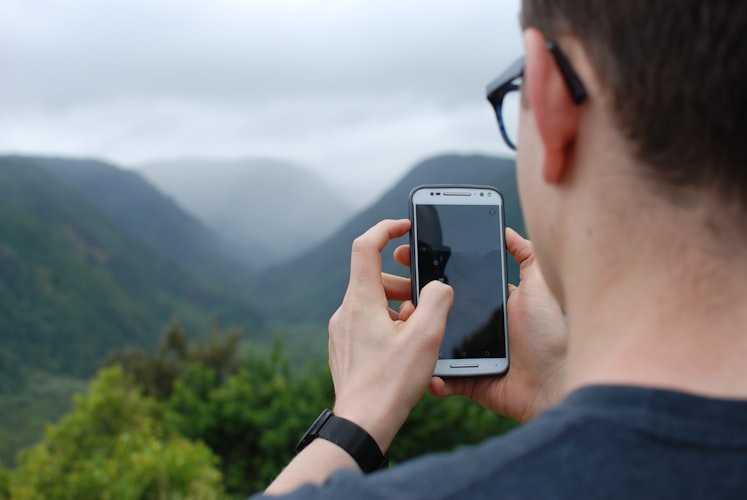The mind needs space
...not distractions. Activities like checking email and watching TV stop our background thinking and do not let the mind wander in places that make for creative insight.
106
294 reads
CURATED FROM
IDEAS CURATED BY
The idea is part of this collection:
Learn more about personaldevelopment with this collection
How to network effectively
How to read body language
How to find common ground with others
Related collections
Similar ideas to The mind needs space
The mind always needs something
We worry because our pre-conditioned mind cannot be left alone. Like a motor that cannot be switched off, the mind keeps running, performing background thinking at all times.
Studies show people would rather prefer to be electrocuted with mild electric shocks than to just si...
Be totally there
Not being present during communication can range from checking smartphones, watching TV or engaging in anything else during the actual discussion.
To have a successful communication, we should put our activities aside and totally be with the person who’s talking.
When The Mind Goes Blank
Stress, anxiety and any sort of pressure to divulge, recall or remember certain information can be a mental lock, interfering with memory.
When your mind goes blank, one can try the following:
- Be calm and relaxed, practising quietness for a few moments.
Read & Learn
20x Faster
without
deepstash
with
deepstash
with
deepstash
Personalized microlearning
—
100+ Learning Journeys
—
Access to 200,000+ ideas
—
Access to the mobile app
—
Unlimited idea saving
—
—
Unlimited history
—
—
Unlimited listening to ideas
—
—
Downloading & offline access
—
—
Supercharge your mind with one idea per day
Enter your email and spend 1 minute every day to learn something new.
I agree to receive email updates
